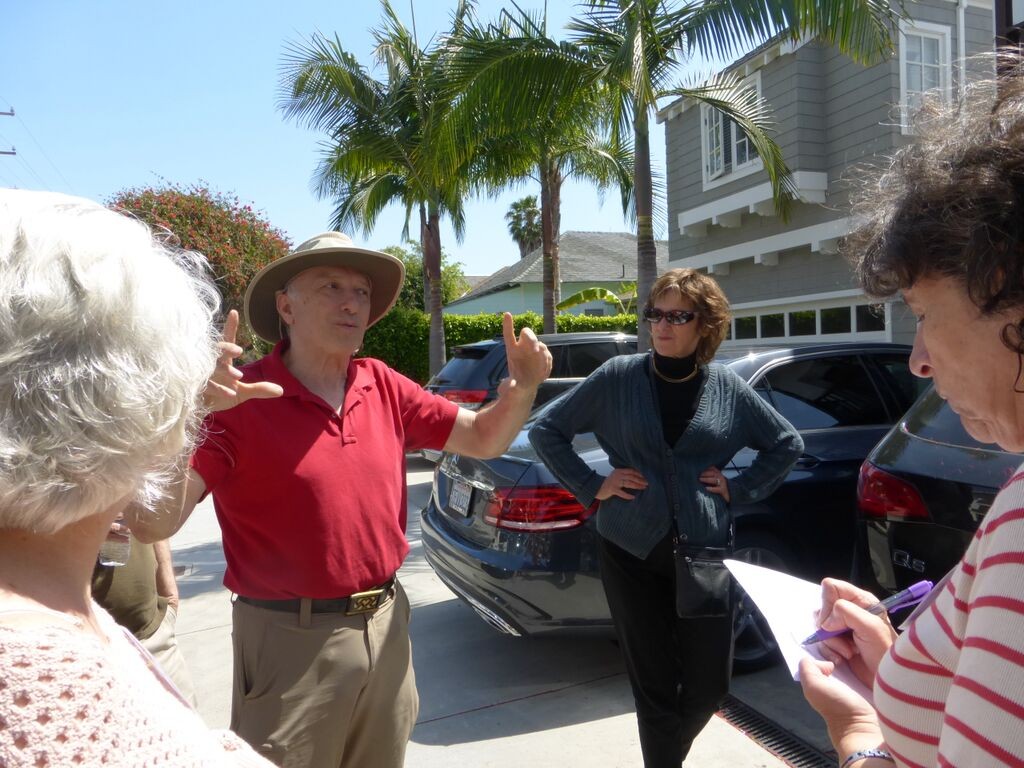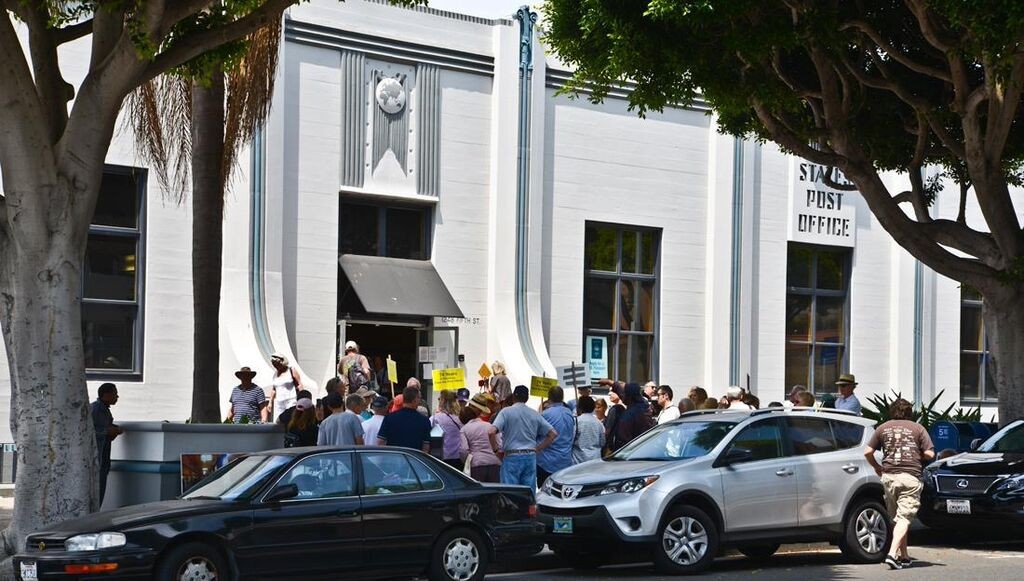Seventeen volunteers – the first corps of docents for the Preservation Resource Center at the Shotgun House — have now completed the classroom portion of their training to support our time-capsule on the edge of the Third Street Historic District. As part of their preparation, the group studied the origins of shotgun houses, Victorian architecture, local history and contemporary concepts in preservation.

Photo credit Carol Lemlein.
Their work will continue this summer, when the interior of the house is ready for practice sessions with the interpretive displays. This outstanding group of new docents includes Phillis Dudick, Eric Dugdale, Mario Fonda-Bonardi, Susan Haynsworth, Amanda Kainer, Morris Kushner, Rebecca Kuzins, Fran Lyness, Lillian Mizrahi, Dick Orton, Curtis Raymond, Shannon Ryan, Lorraine Sanchez, Laurel Schmidt, Susana Schuarzberg, Patty Tann and Hilda Weiss.

Photo credit Robin Tung.
Each has expressed a fascination with life in the past and a passion for preserving the unique structures that give our city its character. When the Preservation Resource Center opens in the fall, docents will staff the house on Wednesdays, Saturdays and Sundays from 11 am to 2pm year round as well as by appointment.
They will actively engage and encourage a diverse audience—tourists, history buffs, preservationists, and students— to examine the details of the house itself, to learn about how it was saved by the community and to explore local landmarks. Rather than offering scripted tours, docents will encourage interactive conversations that stimulate visitor curiosity and imagination, hopefully helping them to appreciate the importance of preserving our architectural heritage.




